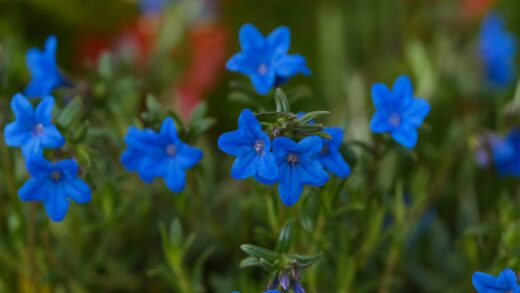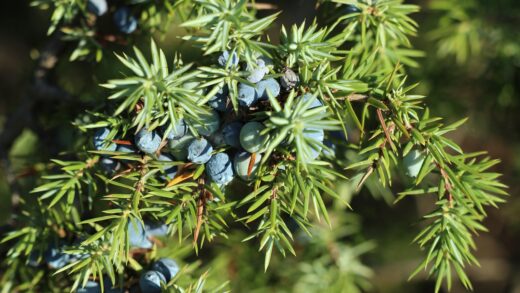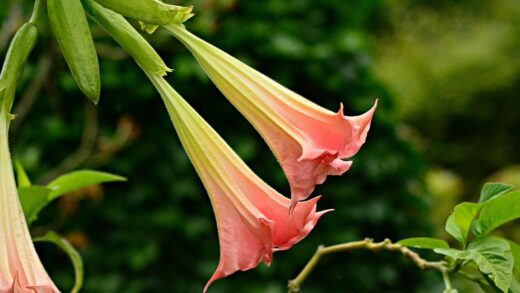The Douglas fir is inherently a cold-hardy species, well-adapted to withstand the rigors of winter in its native mountainous habitats. Its conical shape is perfectly designed to shed heavy snow, and its waxy needles provide protection against drying winter winds. For mature, well-established trees, winter typically passes with little need for human intervention. However, for young, newly planted trees, the first few winters represent a period of significant vulnerability. Providing them with some extra protection can make the difference between survival and succumbing to the harsh elements, ensuring they enter the spring growing season healthy and ready to thrive.
The most significant challenge for a young Douglas fir during winter is not the cold itself, but the risk of desiccation, or drying out. This occurs when the ground is frozen, preventing the roots from taking up water, while at the same time, harsh winter winds and sun continue to draw moisture from the needles. This “winter burn” results in the needles turning brown and brittle, particularly on the side of the tree exposed to the prevailing wind and afternoon sun. Ensuring the tree is thoroughly well-watered throughout the autumn, right up until the ground freezes, is the most important preparatory step. A tree that enters winter fully hydrated has a much greater reserve to draw upon.
Protecting young trees from harsh winter winds is another critical aspect of successful wintering. A physical barrier can significantly reduce the impact of wind and prevent excessive moisture loss from the foliage. This can be achieved by erecting a screen made of burlap or a similar material on the windward side of the tree, typically the north or northwest side. The screen should be secured to stakes driven into the ground a short distance from the tree, ensuring it does not touch the foliage, which could cause its own form of damage. This simple windbreak creates a calmer microclimate around the tree, mitigating the drying effects of the wind.
A thick layer of organic mulch applied in the autumn provides invaluable protection for the root system of a young Douglas fir. A 10 to 15-centimeter layer of wood chips, shredded bark, or straw spread over the root zone acts as a thermal blanket, insulating the soil from extreme temperature fluctuations. This helps to prevent the deep freezing of the soil, protecting the roots from cold injury. Furthermore, this insulation can slow the freezing of the ground in early winter and encourage it to thaw earlier in the spring, extending the period during which the roots can absorb water. As with any mulching, it is important to keep the material from being piled directly against the trunk.
For regions that experience heavy, wet snowfall, the branches of young Douglas firs can be susceptible to bending and breaking under the weight. While the tree’s natural shape is adapted to shed snow, an unusually heavy or clinging snow can accumulate and cause damage. If a heavy load of snow builds up on the branches of a young tree, it can be gently brushed off with a broom, using an upward sweeping motion to avoid putting additional downward pressure on the limbs. It is best to avoid this if the snow has already started to freeze to the branches, as this can cause more damage than it prevents. As the tree matures and its branches become stronger, this becomes much less of a concern.




















